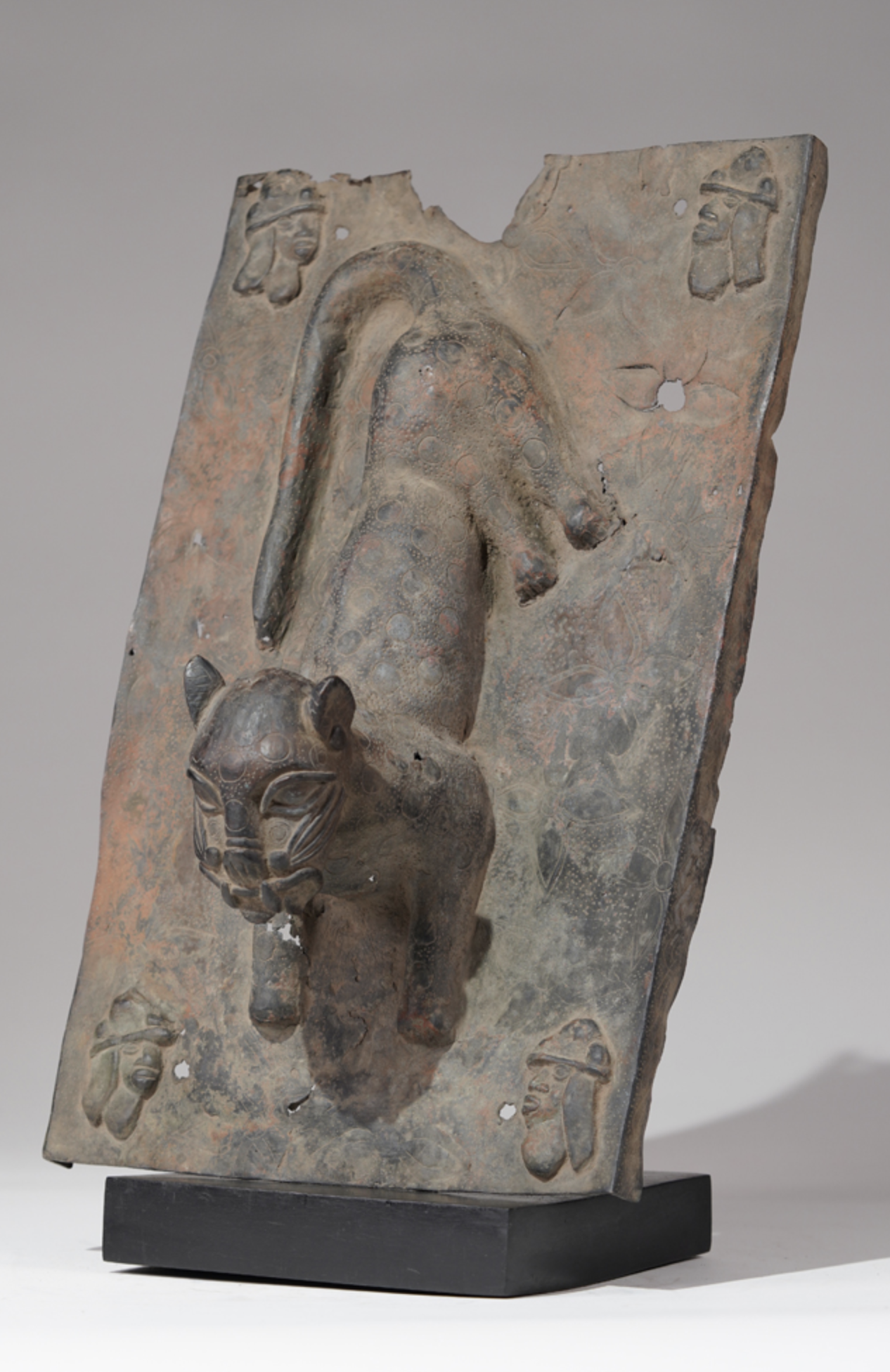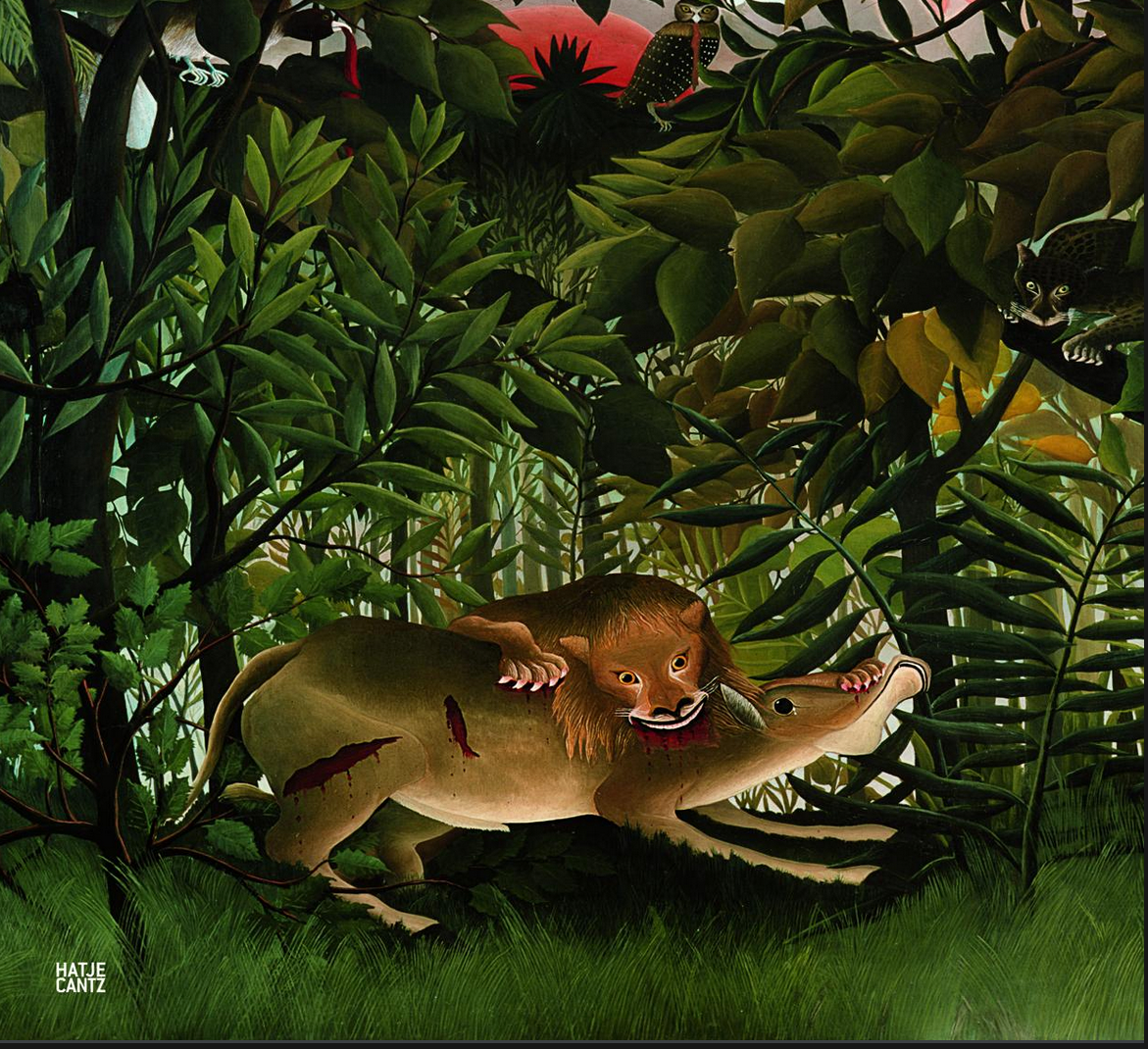wolfgang-jaenicke
A leopard bronze
A leopard bronze
Couldn't load pickup availability
A leopard bronze (copper/zink aloy) in the style of Benin, Nigeria, wearing a necklace od brass bells; aged patina, partly greenish oxidised, some breaks at the neck, probably due to erosion.
Although it is a three-dimensional sculpture, there is an obvious similarity to those Benin plaques of leopards, in which the bas-relief partially transitions into three-dimensionality.
he depiction of leopards on Benin plaques often demonstrates an intriguing interplay between low relief and three-dimensionality. On traditional copper or brass plaques, leopards are usually rendered in linear low relief, with outlines and details either engraved or slightly raised. In certain examples, particularly from the later period of Benin bronzes, artists move beyond this: the leopard’s body is modeled almost sculpturally, with muscles, paws, and facial features projecting into space, while the background remains flat. This creates a subtle sense of volume, giving the animal a physical presence without the plaque itself becoming a fully three-dimensional sculpture. In contrast, freestanding Benin leopard figures are cast in the round, entirely three-dimensional, and meant to be viewed from all sides. While the relief depictions on plaques often serve symbolic or narrative purposes—such as representing royal authority, hunting rituals, or the leopard as an emblem of the Oba—the full sculptures additionally serve ritual or decorative functions, for example as palace guardians or as part of throne ensembles.The stylistic relationship between the two forms shows that Benin artists developed a consistent formal vocabulary for leopards: musculature, posture, and facial expression follow similar principles, even as the degree of relief varies. The transitions from low relief to near-sculptural modeling on plaques can be seen as experiments with spatial depth, transferring the expressive qualities of the full sculpture into a narrative and symbolic context on the plaque.
From the flat-relief to three-dimensionality: the development in Benin's bronze art.
This sculpture demonstrates the transition from relief imagery to autonomous objecthood: the leopard is no longer subordinate to a narrative plane but occupies its own physical volume, reinforcing its emblematic role in the palatial cult.

But the twisted, ‘unnatural’ position of the head in this depiction of a leopard is reminiscent of the more archaic form of bas-relief, which transitions into three-dimensionality, an element found also in so-called ‘naive painting’ or ‘art brut’.
Height: 24 cm
Length: 20 cm
Weight: 1,3 kg






































